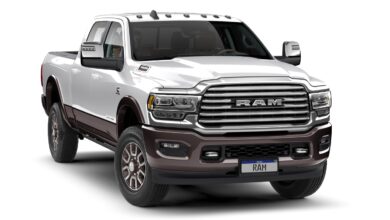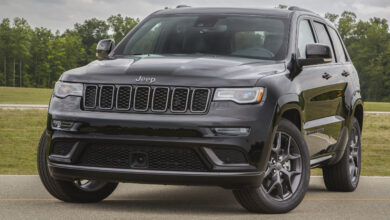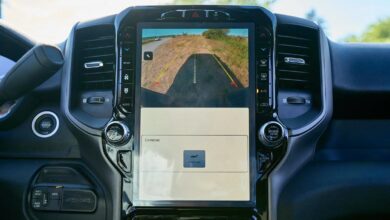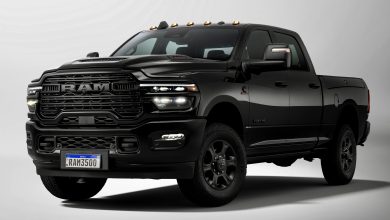FCA Design Contest For Students, Shows Us Preview Of Upcoming TRX:
Design Contest Poster, Highlights New Hellcat Ram Front Styling...

Every year, the Fiat Chrysler Automobiles (FCA) Product Design Office headed by Mark Trostle, Head of Ram Truck Design at FCA, puts together a contest to help bring out future young design talent at the high school level. For the 2020 Drive for Design contest, the FCA design team is challenging high school students (10th through 12th grade) to design the future Ram truck.
The contest ends on May 1st when three students will be named as winners from all valid entries. The winners also receive a scholarship to attend the Precollege Summer Experience Transportation Design program at College for Creative Studies, a leading art and design college in Detroit, from which both Trostle and Gilles graduated. The summer program curriculum includes the fundamentals of gestural sketching, drawing automotive concepts in perspective and how to translate designs into 3D models.
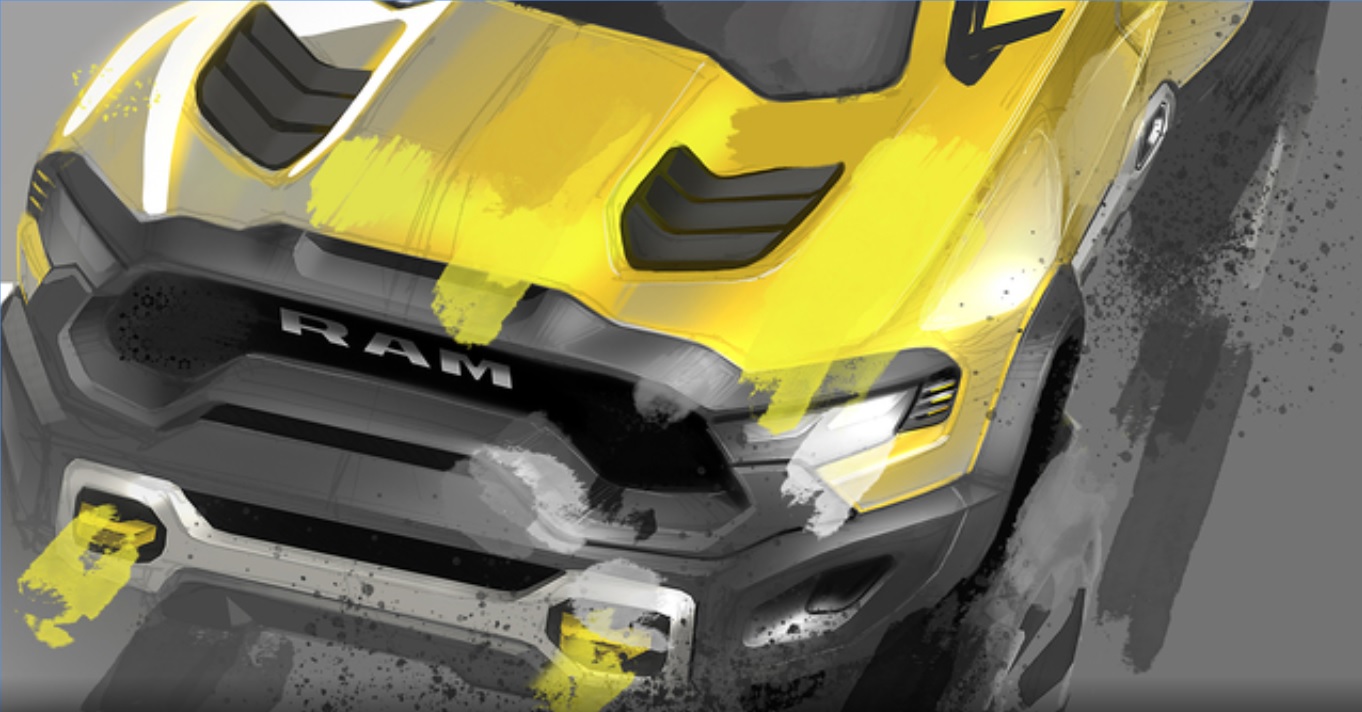
The FCA Product Design Office is again partnering with EyesOn Design, which focuses on the automotive community and students coming together to commemorate, reflect and appreciate the craftsmanship and beauty of classic and modern vehicle design. Drive for Design winners will receive their awards on Sunday, June 14th at EyesOn Design’s “Vision Honored” Black Tie and Silent Auction and will serve as Junior Judges at the prestigious EyesOn Design Car Show, held every Father’s Day weekend at the historic Edsel and Eleanor Ford House in Grosse Pointe Shores, Michigan.
For detailed contest rules and information on how to submit sketches, visit www.FCAdrivefordesign.com.
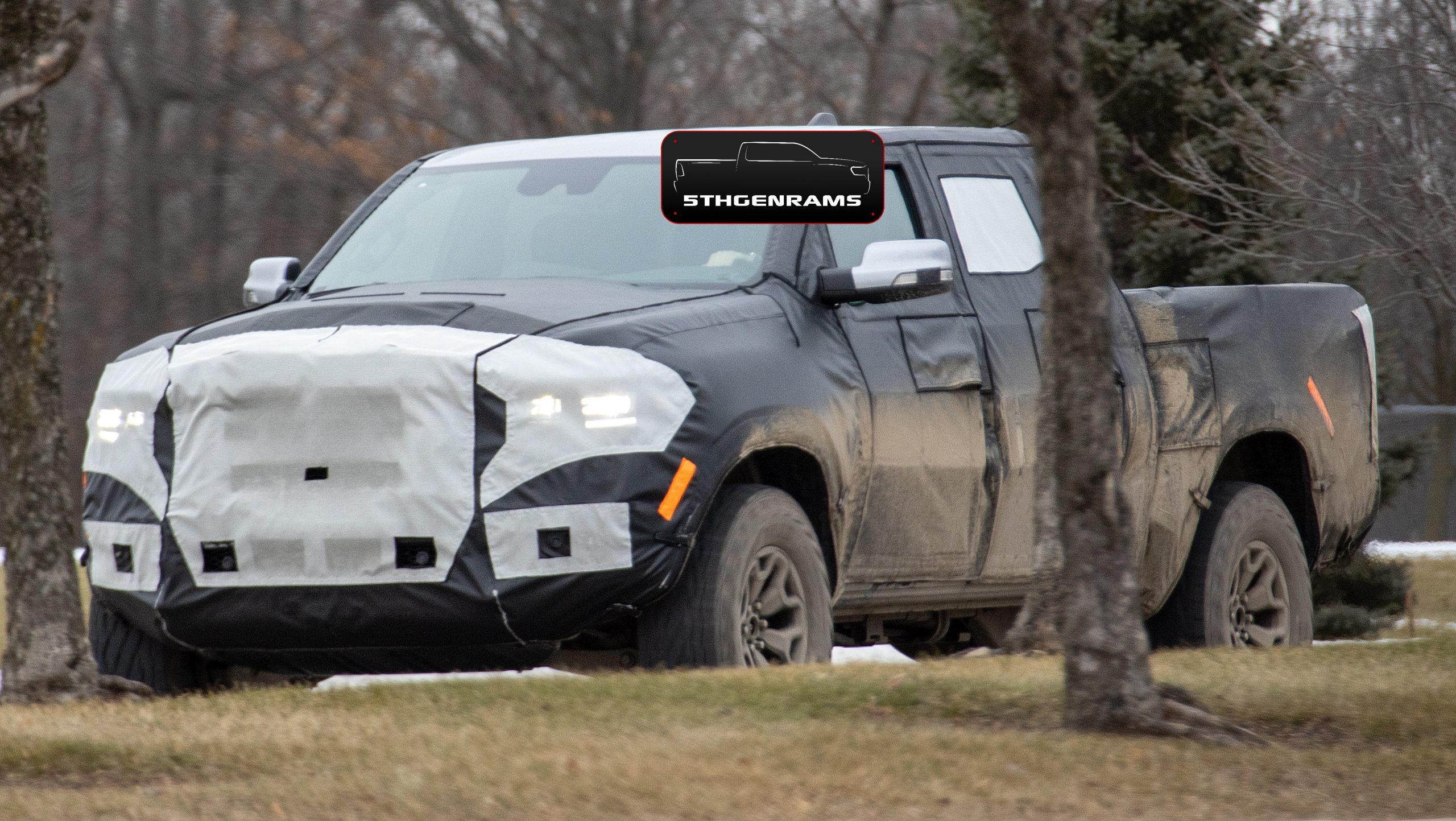
But what caught our eye was the EyesOn Design commemorative poster that was unveiled at the Detroit Institute of Ophthalmology in Grosse Pointe Park, Michigan. The picture shows off a “Rebel-like” truck that features many design cues of the 2016 Ram 1500 Rebel TRX Concept. However, in our recent spy photos of the upcoming 2021 Ram 1500 Rebel TRX, that will make its debut this summer has some of the same features as this sketch.
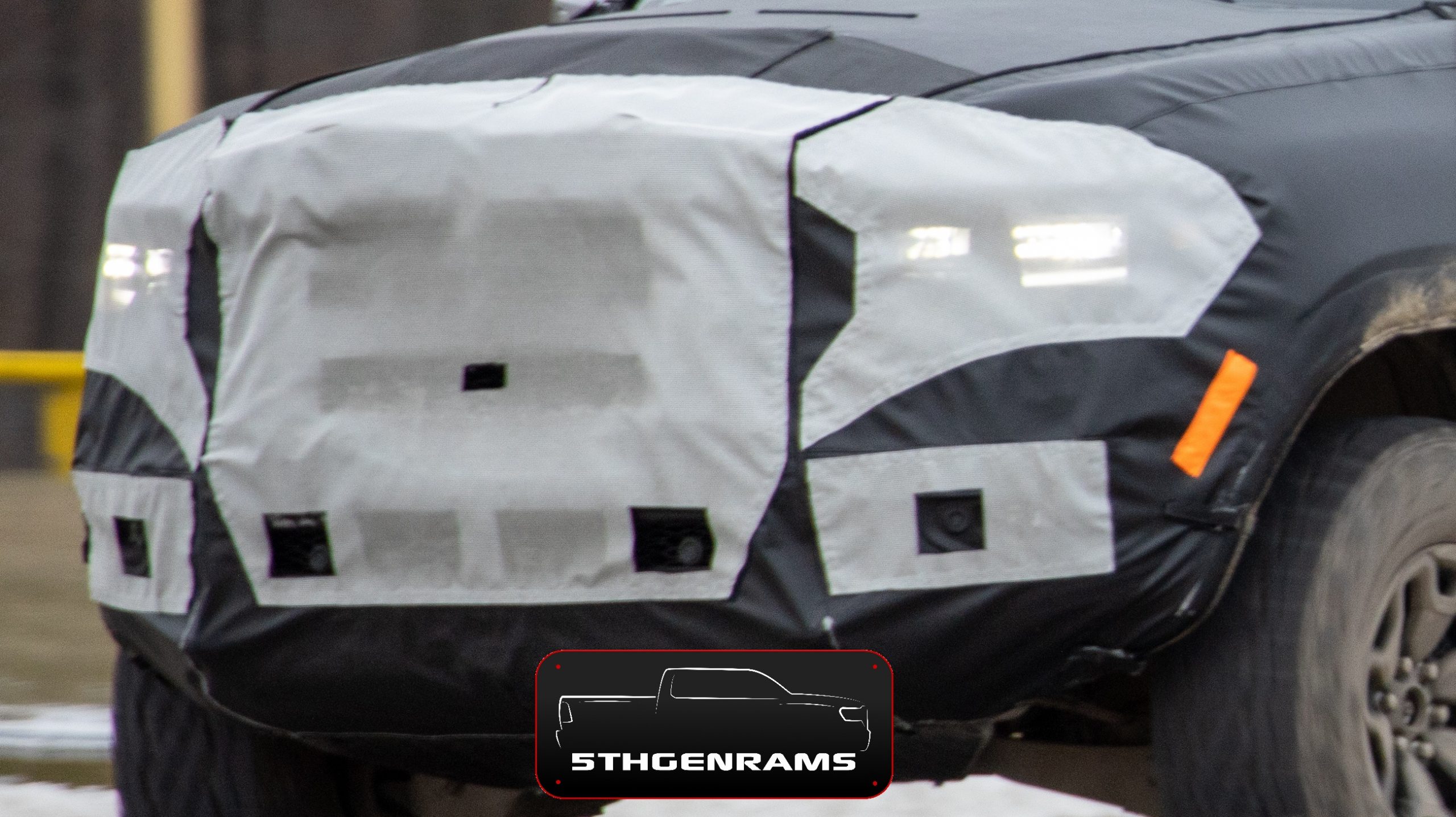
If you look closely, you will notice a new grille design for the Rebel grille that blends Limited style headlights into the design. Information of our sources says that the same headlights from the new 2020 Ram 1500 Limited Black will be featured on the new TRX, while our spy photos have confirmed that information.
So is this commemorative poster a teaser for the upcoming Hellcat-powered Ram? We believe it is.


